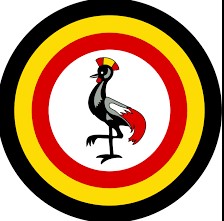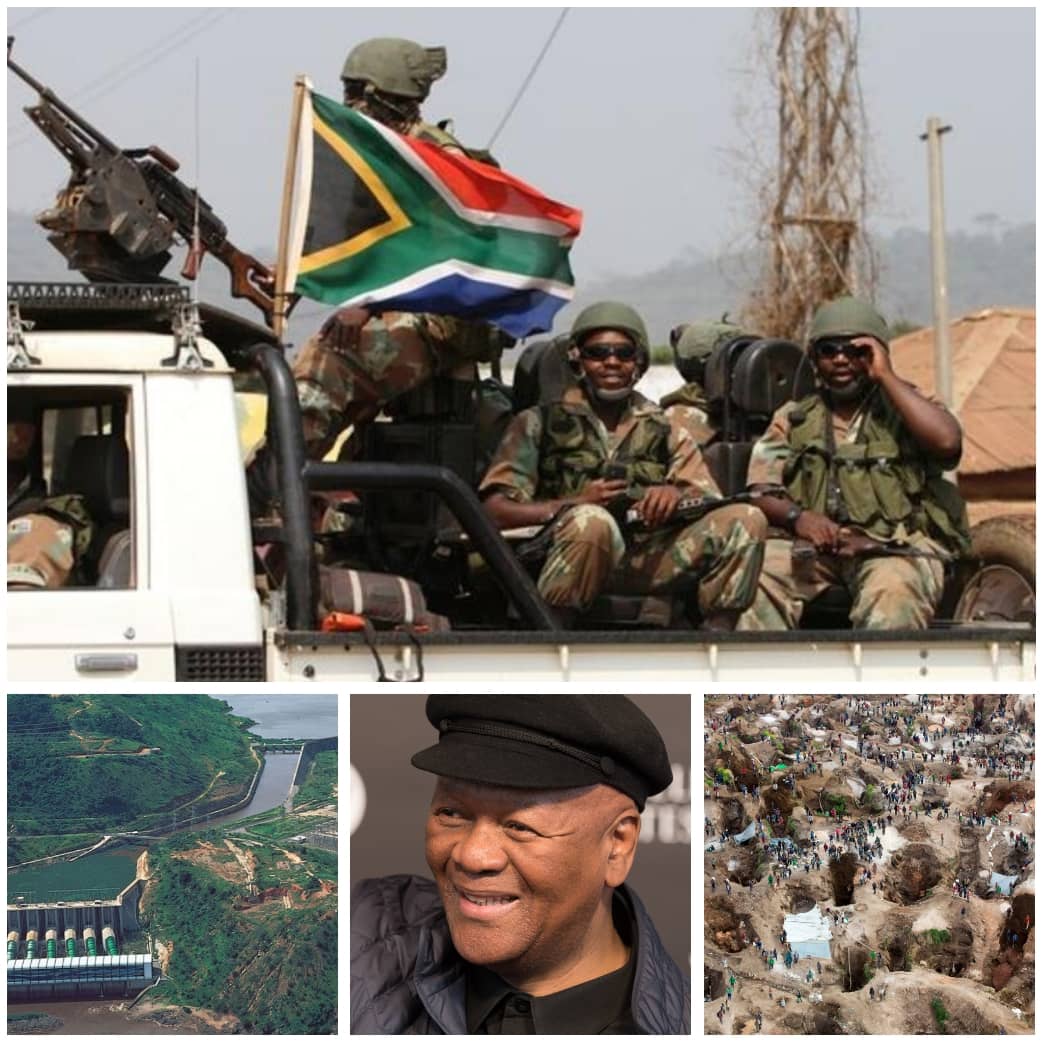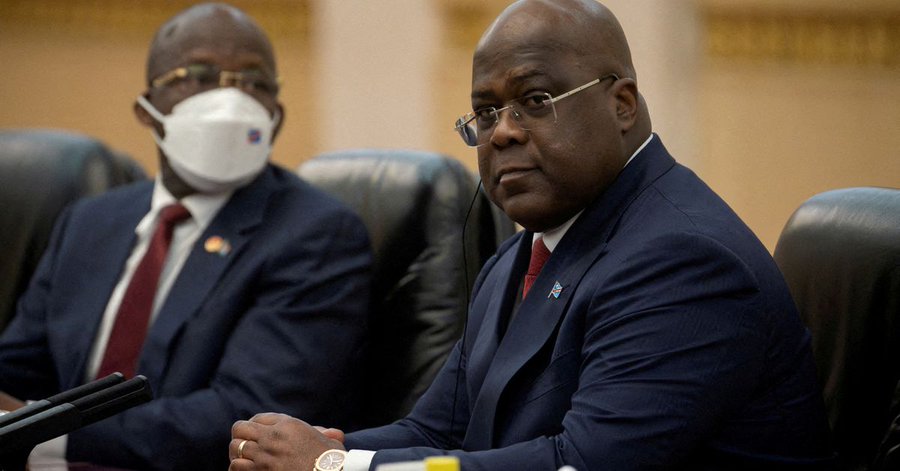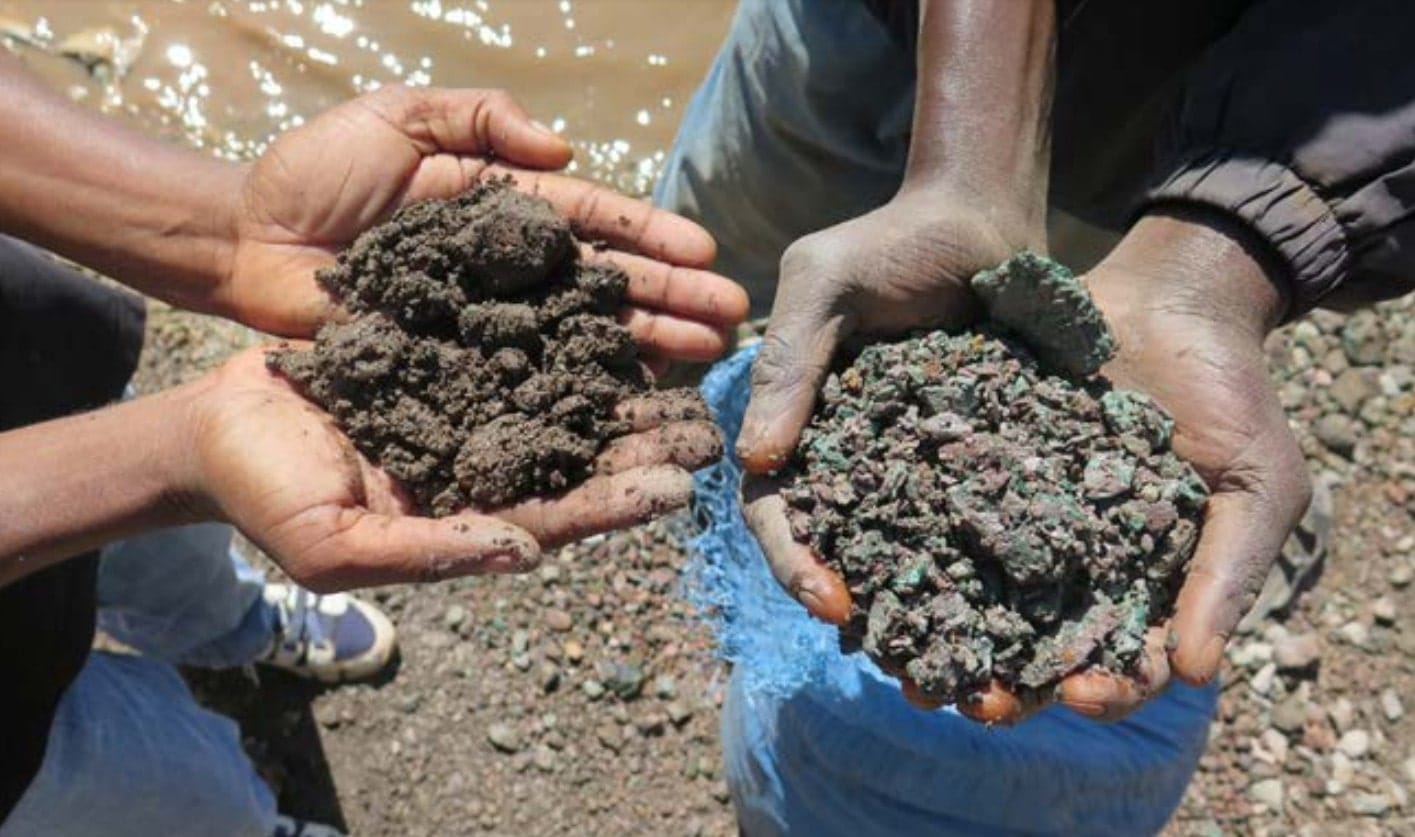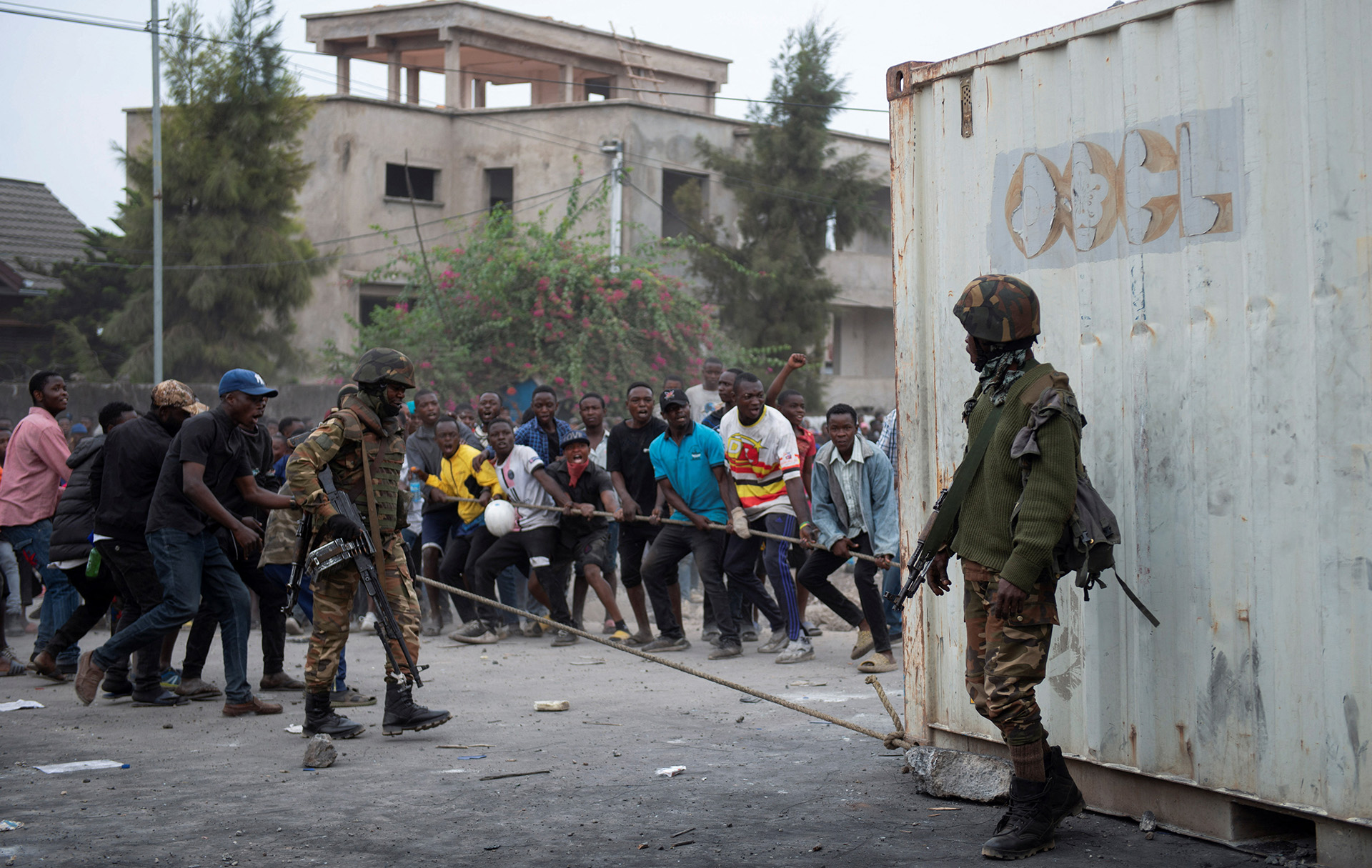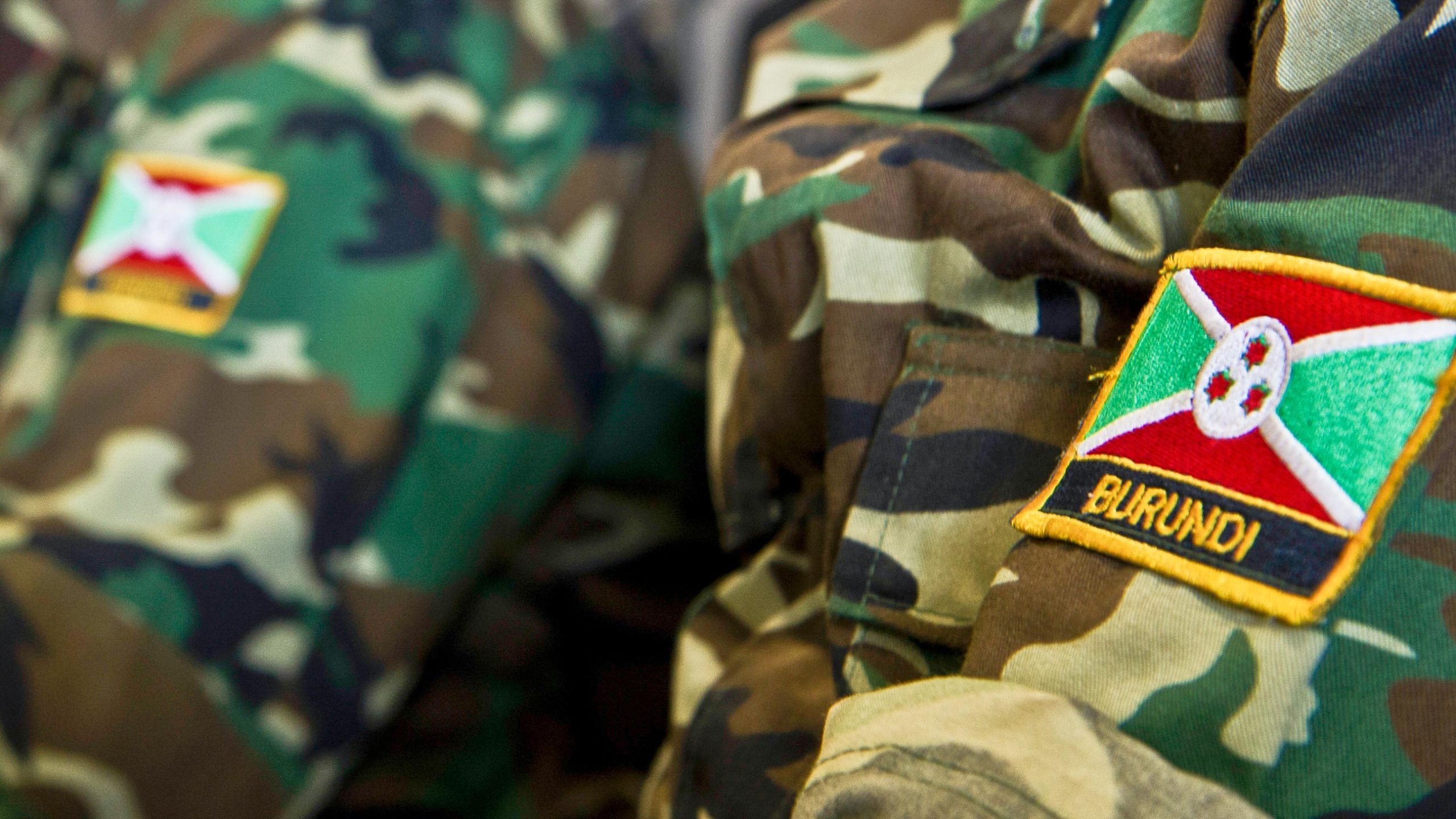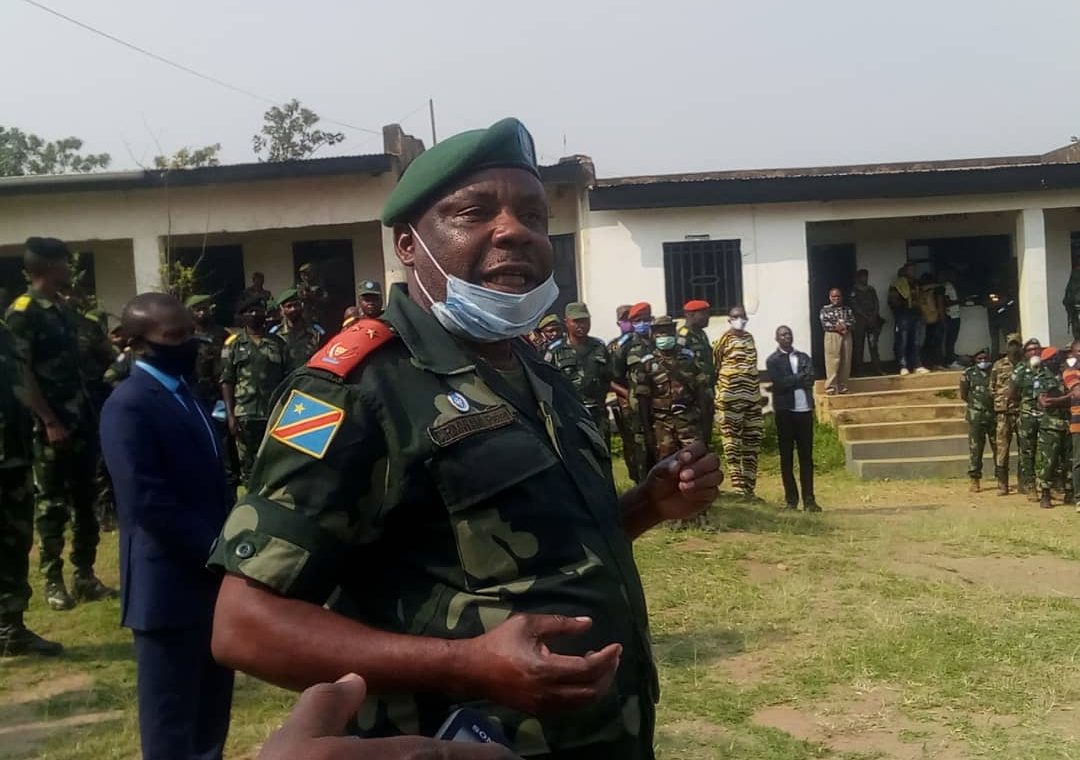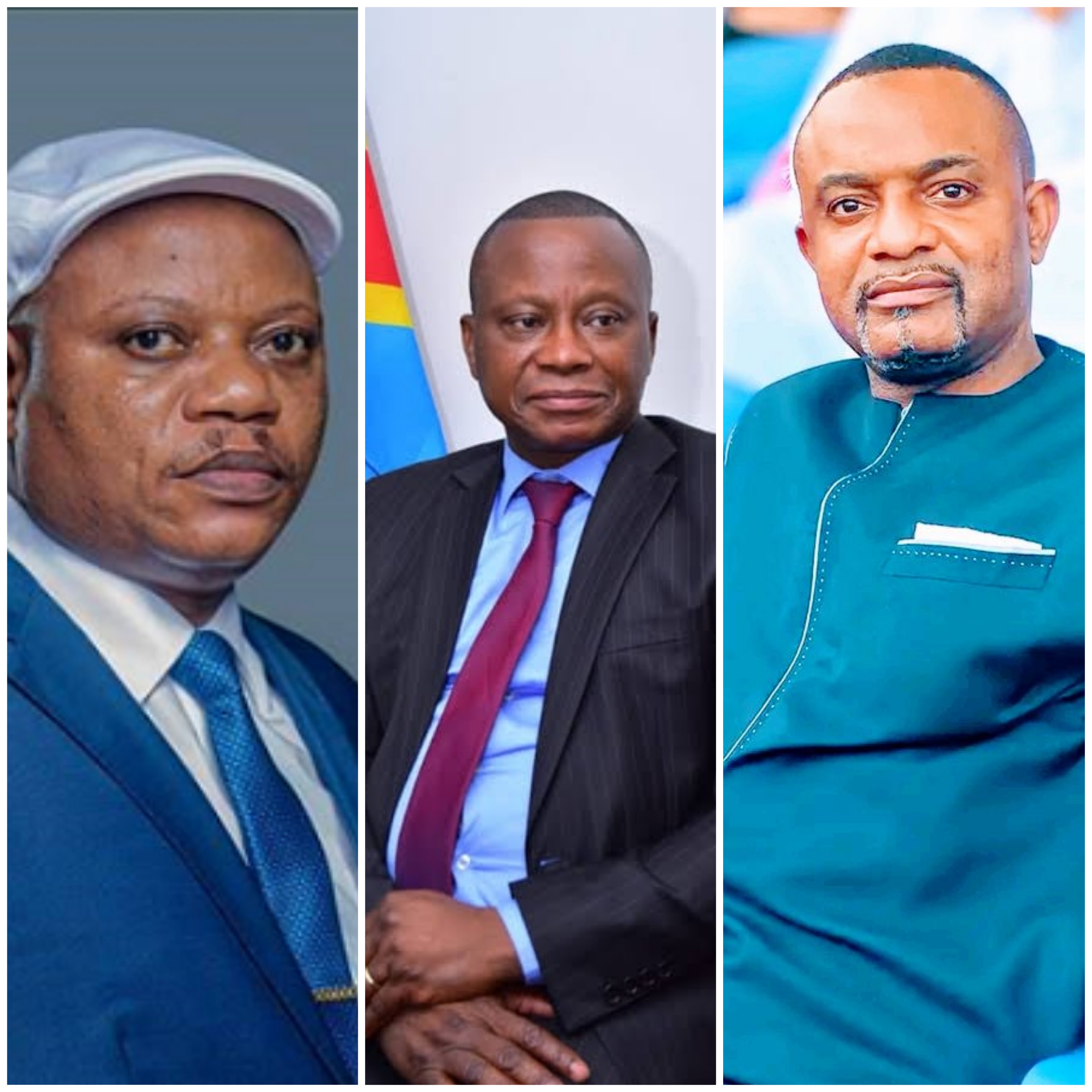Regional
Kinshasa misleading public on who exploits Rubaya mines

In its
usual way of endlessly blaming Rwanda for everything going wrong on Congolese
territory to cover up the failures of President Felix Tshisekedi, this time,
Kinshasa has come up with a narrative alleging that Kigali is plundering
minerals in Rubaya mines in eastern DRC.
The
fact is that the area is under the control of the Congolese army coalition
comprising the SADC troops, Eastern European mercenaries, Burundian soldiers,
and the genocidal FDLR militia, among others.
Congolese
leaders have, on different occasions, alleged that Rwanda plunders mineral
resources from their country, an allegation that Kigali denies.
The Rubaya mines are a series of coltan mining sites near the town of Rubaya in Masisi Territory, North Kivu Province, where tonnes of the strategic mineral have been, for years, extracted and exported.
Following the deployment of military forces by the Southern African Development Community (SADC) to the DRC in late December 2023, the South African National Defence Force’s first mission was to fight off the M23 rebels from their captured territory in Sake, some 25 kilometers north-west of Goma, and determinedly attempting to take control of Rubaya mines.
The SANDF’s mission in Rubaya was clear from the very start. The
South African army is protecting their country’s interests, disregarding the
plight of the Congolese people who are suffering.
According
to a source from Pretoria, the South African Mining Development Association
(MIASA) is looking to have access to the mining hub, prompting the South
African troops to viciously fight off the M23 rebels, with the resultant
civilian casualties, for the sake of securing the mines.
For South
African President Cyril Ramaphosa, there is a personal catch in securing Rubaya
mines.
During
his speech at Africa’s largest mining conference in February 2024, Ramaphosa
said that, majority of minerals key to global energy transition are in Africa. The
fact that South Africa is struggling with shortage of electricity nowadays
proves why Ramaphosa is turning every stone to access the minerals in DRC.
“Africa
has the potential to be the fulcrum of the global energy transition, with
mining at its core,” Ramaphosa said while addressing the Investing in Africa
Mining Indaba.
In
2023, Tshisekedi and Ramaphosa agreed on a deal to manufacture electric
batteries since South Africa has the industries and DRC has the mineral
resources.
Kinshasa
is spreading the narrative that Rwanda is extracting minerals in Rubaya mines
to mislead the Congolese Population about the real agenda of South African
troops in eastern DRC, which he is very sure would trigger their anger.
Ramaphosa
said the vast majority of minerals that are key to the global energy transition
lie beneath Africa’s rich soil, citing critical metals such as manganese, iron,
copper, cobalt, nickel, and platinum found in DRC.
The
Rubaya mining sites are controlled by the Congolese army coalition. There is no
way Rwanda would have accessed the mining sites. Again, Rwanda does not trade
its minerals on the black market.
Following
the signing, on February 21, of a memorandum of understanding between the
European Union and Rwanda, aimed at integrating sustainable value chains for
critical and strategic raw materials, Tshisekedi turned his nose up in protest.
“It’s
a provocation in very bad taste,” said Tshisekedi, during a live exchange with
reporters on national television, adding that Rwanda should not export wealth
that it does not have.
In
2017, Rwandan President Paul Kagame questioned whether “minerals stop at Rwanda borders.“
“Science
should be used to find the facts so that, for once, we put an end to
speculation and conspiracy theories about Rwanda’s resources,” Kagame added.


